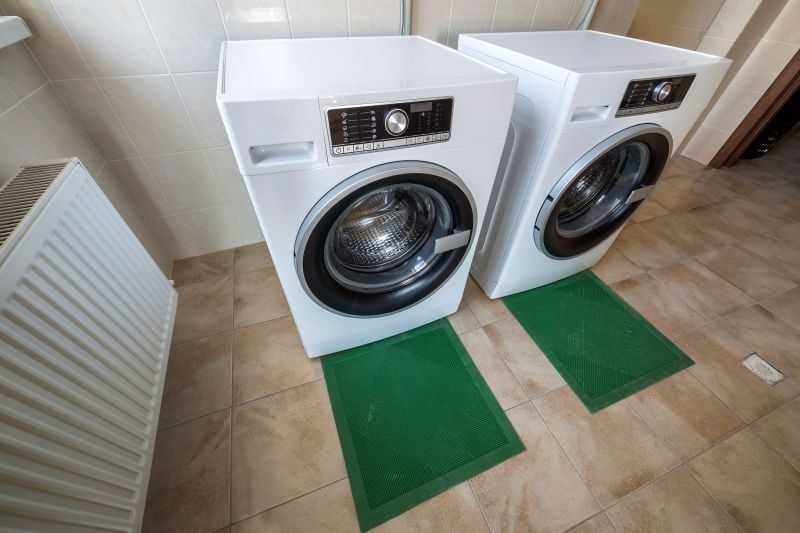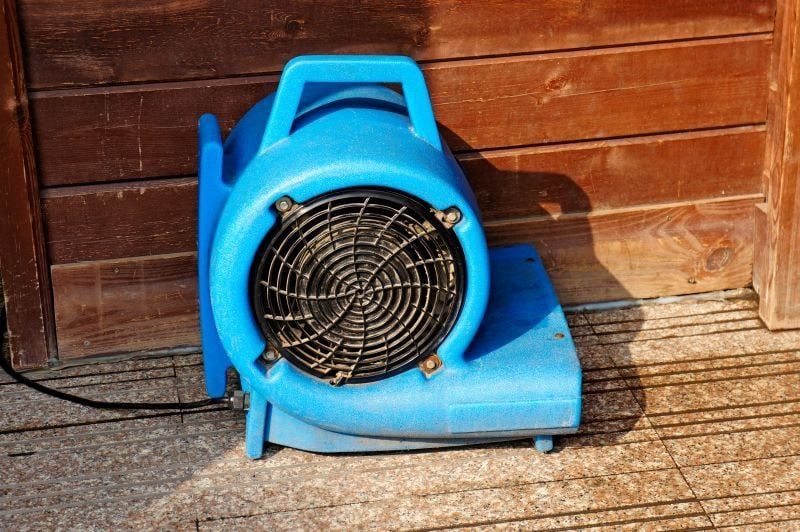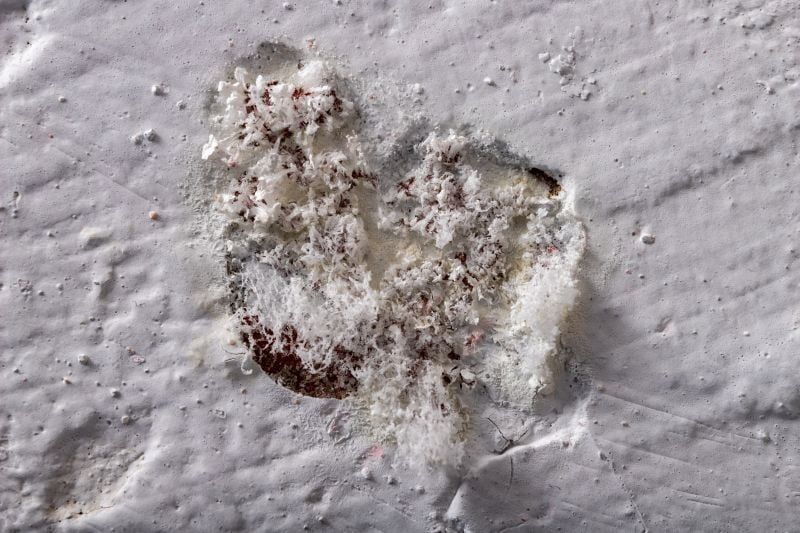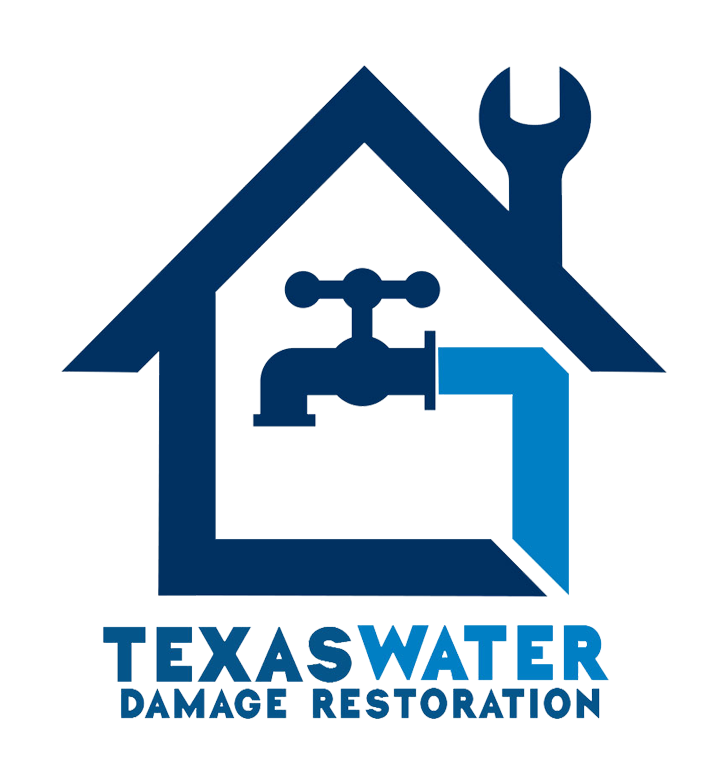
Introduction
Water-related activities, such as boating, fishing, and water sports, are a popular way to enjoy the outdoors. However, these activities also pose a risk of water damage to your outdoor recreation equipment. In this article, we will discuss the importance of prepping for water-related activities and how to protect your outdoor equipment from water damage.
The Importance of Prepping for Water-Related Activities
1. Ensuring Equipment Longevity
Properly prepping for water-related activities helps to extend the lifespan of your outdoor recreation equipment. Water damage can lead to rust, corrosion, mold growth, and structural damage, reducing the effectiveness and durability of your equipment. By taking necessary precautions, you can prolong the life of your gear.

2. Avoiding Costly Repairs or Replacements
Repairing or replacing water-damaged equipment can be expensive. By prepping for water-related activities and implementing preventive measures, you can reduce the risk of damage and avoid costly repairs or replacements. Investing time and effort in preparing your equipment can save you money in the long run.
3. Ensuring Safety
Water damage to outdoor recreation equipment can compromise safety. Weakened structures, malfunctioning equipment, or damaged safety features can put you and others at risk during water-related activities. Proper prepping ensures that your equipment remains in good condition and reduces the chance of accidents or injuries.
Protecting Outdoor Recreation Equipment from Water Damage
1. Waterproof Storage
Invest in waterproof storage solutions such as dry bags, waterproof cases, and waterproof backpacks. These items will protect your equipment from water exposure during transportation or when stored near water bodies. Ensure that the storage containers have proper closures and are made from durable, water-resistant materials.
2. Regular Maintenance
Perform regular maintenance on your outdoor recreation equipment to identify and address any potential issues before they lead to water damage. Clean and dry your gear thoroughly after each use, paying special attention to components that are more susceptible to water damage, such as zippers, seams, and electrical connections. Lubricate moving parts to prevent rust and corrosion.

3. Proper Storage and Drying
When not in use, store your equipment in a dry and well-ventilated area. Avoid leaving equipment in direct sunlight or damp environments, as these conditions can promote mold growth and accelerate water damage. Ensure that your gear is completely dry before storing it to prevent moisture-related issues.
4. Use Protective Covers
Use protective covers designed for specific outdoor recreation equipment, such as boat covers, kayak covers, or grill covers. These covers provide an additional layer of protection against water, dust, and UV rays. Ensure that the covers fit properly and are made from waterproof materials.
5. Proper Handling and Transport
Handle your outdoor recreation equipment with care, especially during transport to and from water-related activities. Securely fasten equipment to prevent shifting or movement that can cause damage. Use padding or protective materials to cushion fragile components and prevent impact-related damage.
Conclusion
Prepping for water-related activities and protecting your outdoor recreation equipment from water damage is crucial for equipment longevity, cost savings, and safety. By following the tips mentioned in this article, you can ensure that your gear remains in top condition and ready for your next water adventure.
